08
2021-05
Technical Information
What are the common plastic processing techniques of plastic bag making machines?
What are the common plastic processing techniques?
1. Injection molding is a method of producing styling for industrial products. Products usually use rubber injection molding and plastic injection molding. Injection molding can also be divided into injection molding compression method and die-casting method. Injection molding machine (abbreviated as injection machine or injection molding machine) is the main molding equipment that uses plastic molding molds to make various shapes of plastic products from thermoplastics or thermosets. Injection molding is achieved through injection molding machines and molds.
2. Through the action between the extruder barrel and the screw, the extruded material is heated and plasticized, while being pushed forward by the screw, and continuously passed through the die to make various cross-section products or semi-products.
3. Blow molding, also called hollow blow molding, is a rapidly developing plastic processing method. The tubular plastic parison obtained by extrusion or injection molding of the thermoplastic resin is placed in a split mold while it is hot (or heated to a softened state). After the mold is closed, compressed air is injected into the parison to blow the plastic parison It expands and sticks to the inner wall of the mold, and after cooling and demolding, various hollow products are obtained.
4. Blister is a kind of plastic processing technology. The main principle is to heat the flat plastic hard sheet to soften it, then use vacuum to absorb it on the surface of the mold, cool it to form, and apply it to all walks of life.
5. Compression molding, also known as compression molding or compression molding, is an operation in which powder, granular or fibrous plastic is first placed in the mold cavity at the molding temperature, and then the mold is closed and pressurized to form and solidify. Compression molding can be used for thermosetting plastics, thermoplastics and rubber materials.
6. Calendering takes the melted and plasticized thermoplastic through the gap of two or more parallel and counter-rotating rollers, so that the melt is squeezed, stretched and stretched by the rollers to become a continuous sheet with certain specifications and dimensions and quality requirements. The product is finally formed by natural cooling. The calendering process is often used in the production of plastic films or sheets.
7. Foam molding is the process of adding appropriate foaming agents to foam materials (PVC, PE, PS, etc.) to make the plastic produce a microporous structure. Almost all thermosetting and thermoplastic plastics can be made into foam plastics, and foam molding has become an important field in plastic processing.
8. The winding molding process is to wind the continuous fiber (or cloth tape, prepreg yarn) impregnated with resin glue on the core mold according to a certain rule, and then solidify and demold to obtain the product.
9. Laminate molding refers to a molding process that combines multiple layers of the same or different materials as a whole under heating and pressure. Commonly used in plastic processing, but also in rubber processing.
10. Pouring molding is a method of plastic processing. In the early casting, liquid monomers or prepolymers were injected into the mold under normal pressure, and after polymerization, it was solidified and formed into a product with the same shape as the cavity of the mold. Nylon monomer casting appeared in the 1960s, see polyamide. With the development of molding technology, traditional casting concepts have changed. Polymer solutions and dispersions refer to polyvinyl chloride pastes and melts that can also be used for casting.
11. Dripping is the use of thermoplastic polymer materials with variable state characteristics, that is, it has viscous fluidity under certain conditions, and can restore the characteristics of solid state at room temperature, and uses appropriate methods and special tools to inkjet. Its viscous flow state is shaped into the designed form according to the requirements, and then solidified and shaped at room temperature.
12. The compression molding method is mainly used for the production of thermosetting plastic products. The molding is heated to melt, press the die, and then cross-link and solidify through heating, and the product is obtained after demolding.
13. Resin transfer molding is a process in which resin is injected into a closed mold to infiltrate the reinforcing material and solidify. This technology eliminates the need for prepregs and autoclaves, effectively reducing equipment costs and molding costs. This technology has developed rapidly in recent years, and has been widely used in the aircraft industry, automobile industry, shipbuilding industry and other fields. It has researched and developed RFI, VARTM, SCRIMP, SPRINT and other branches to meet the application needs of different fields.
14. Extrusion is a pressure processing method in which a punch or a
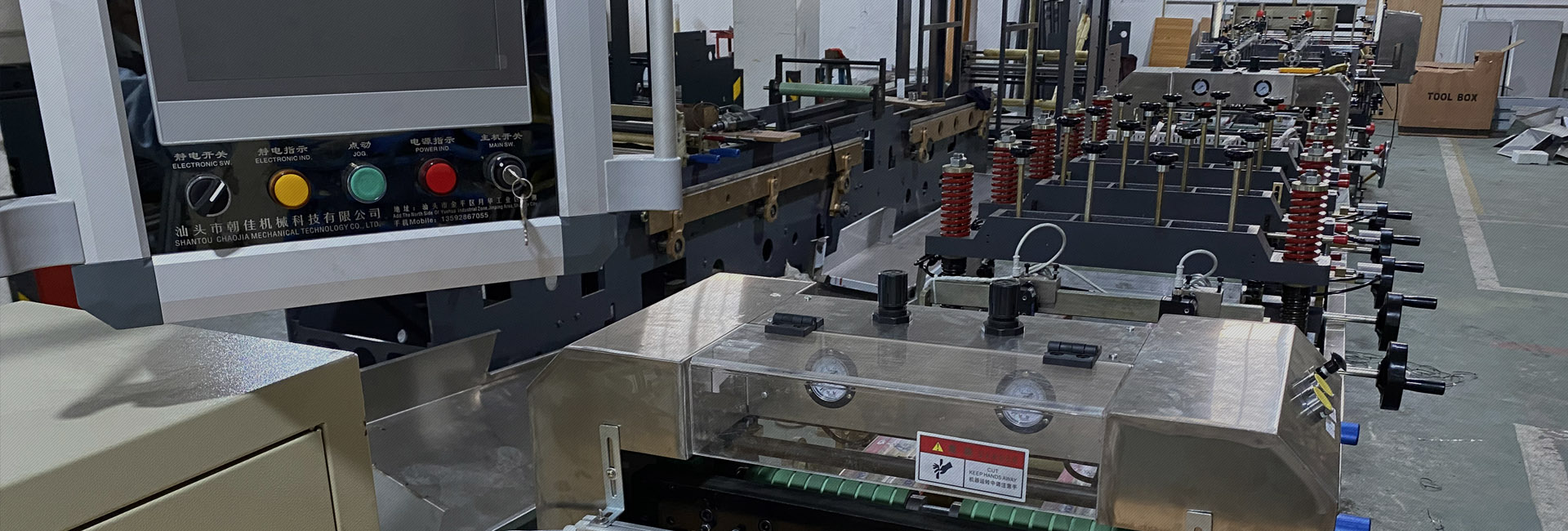
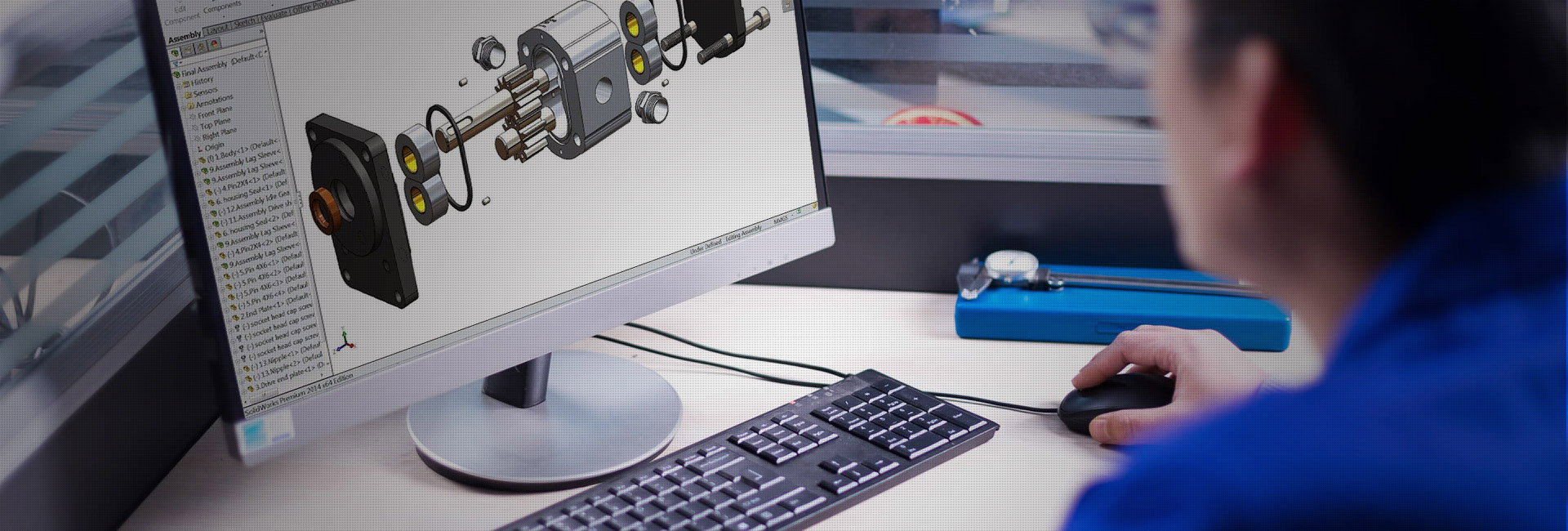








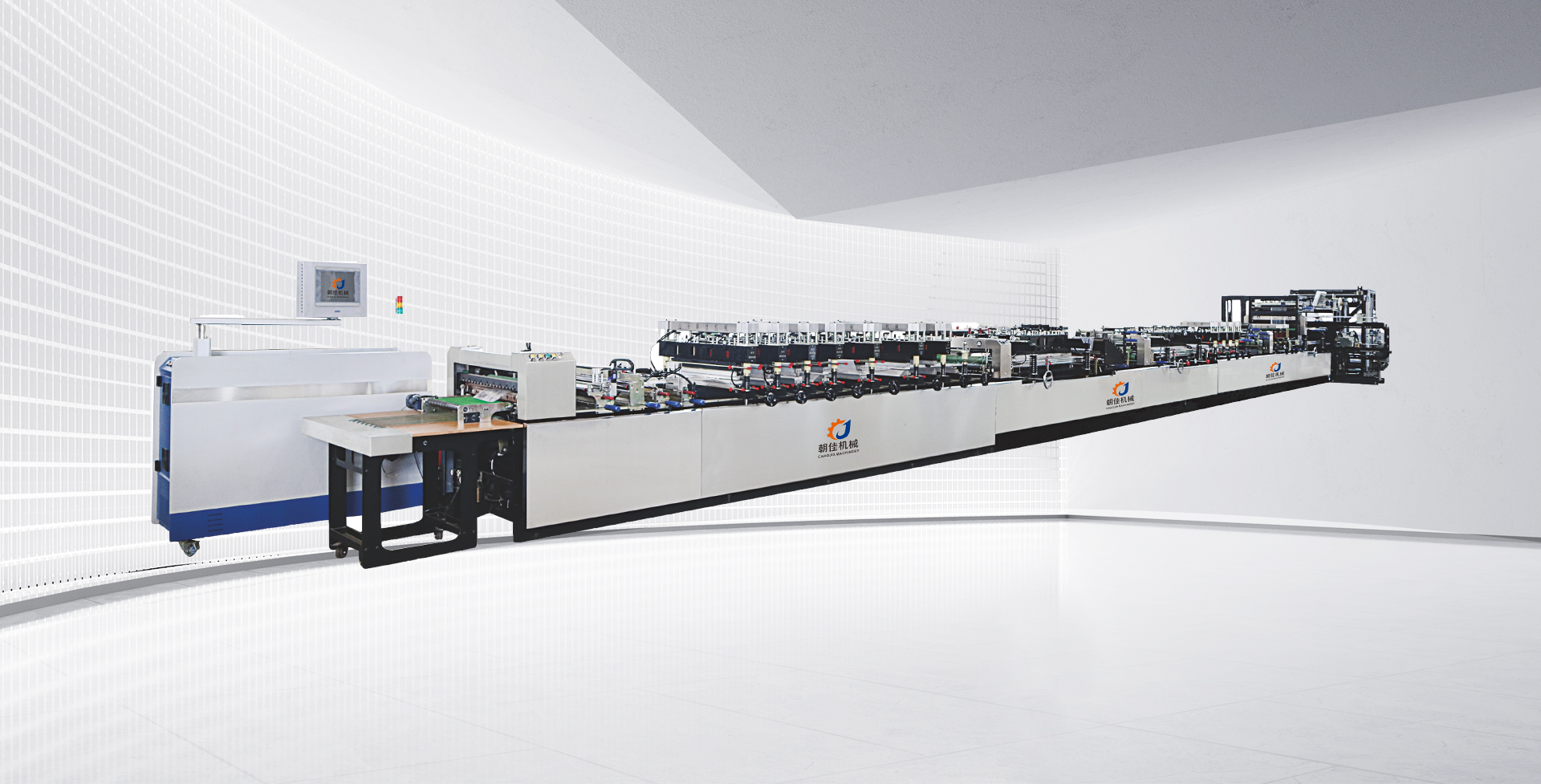
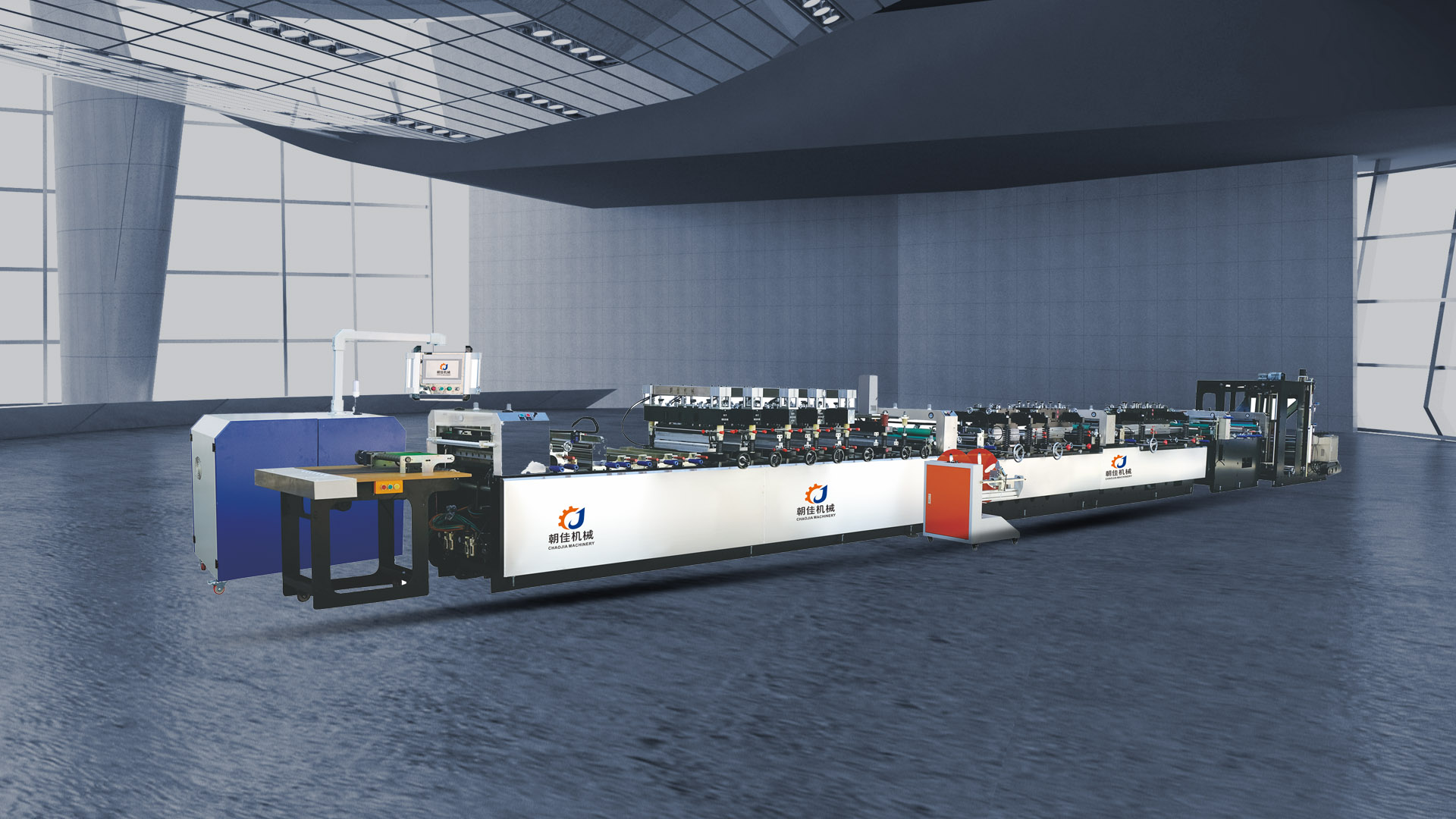
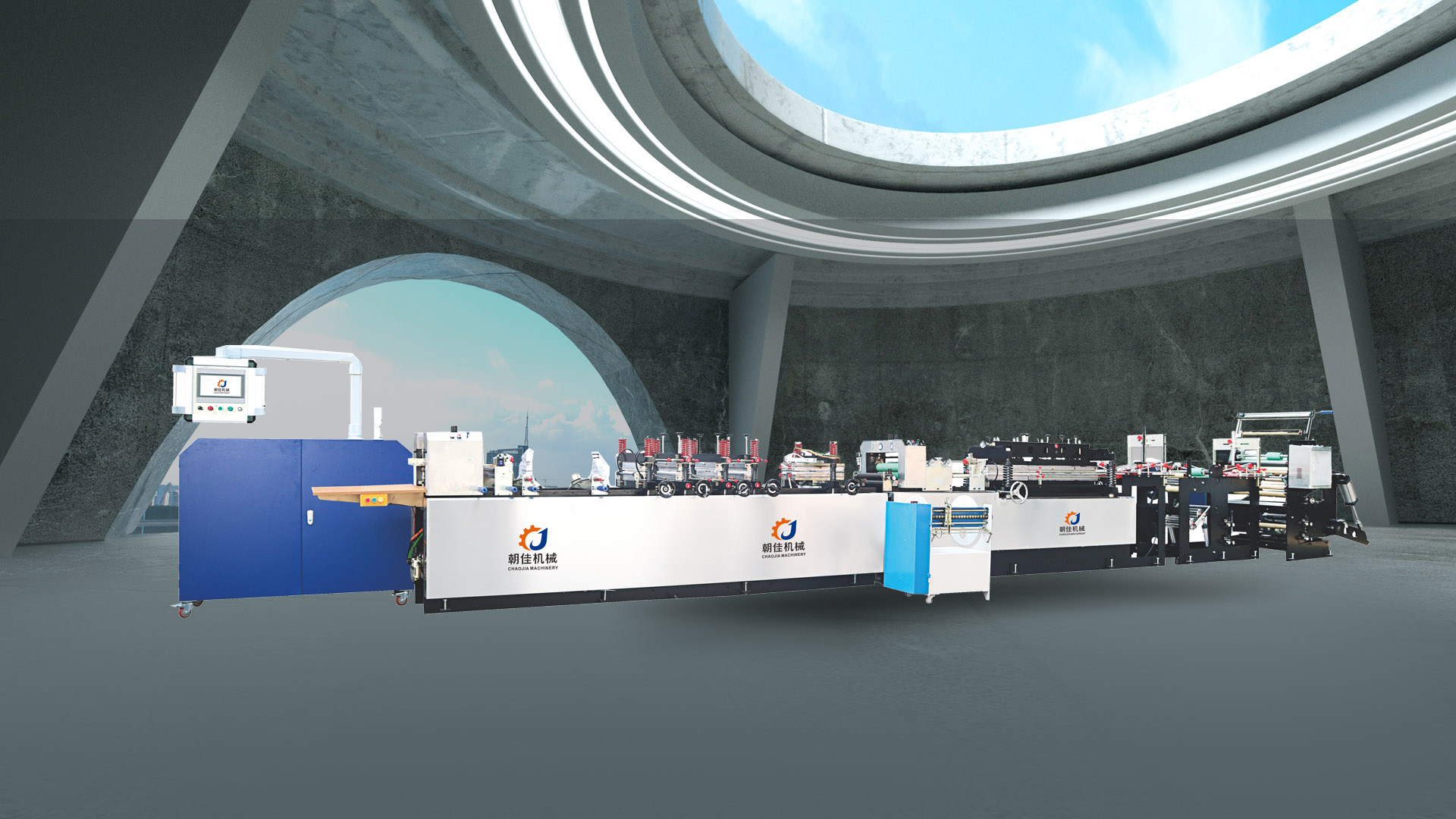
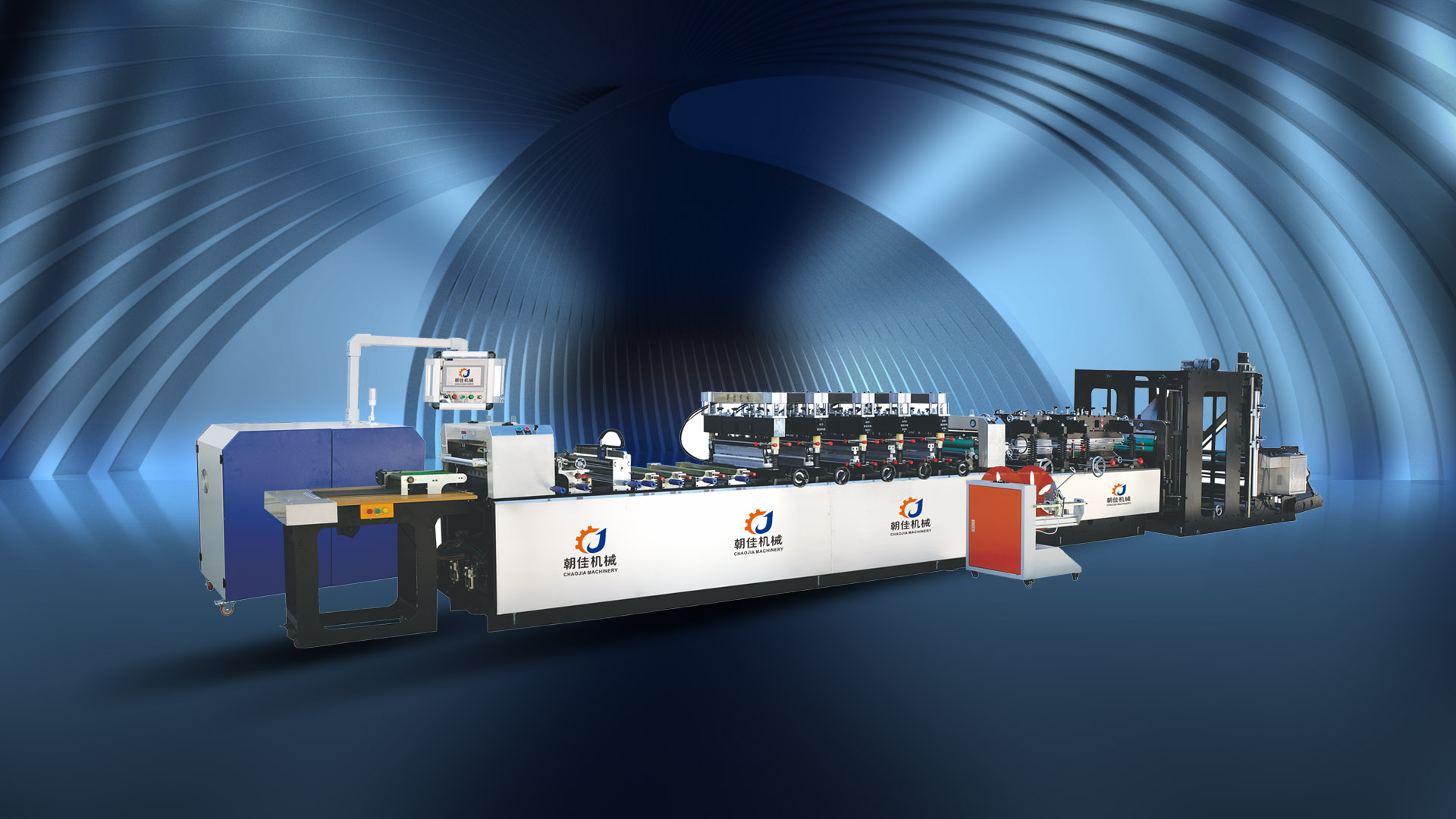
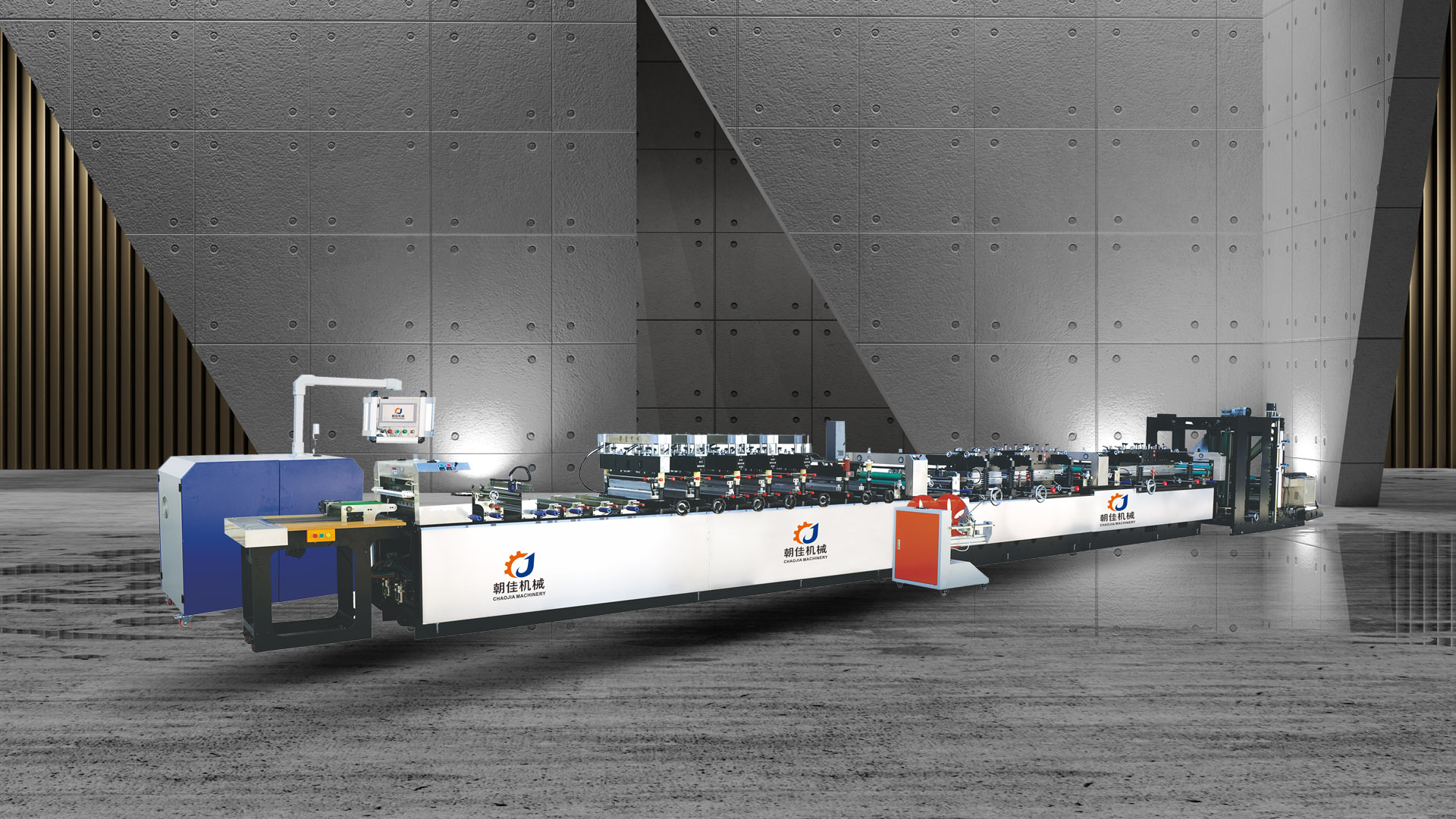



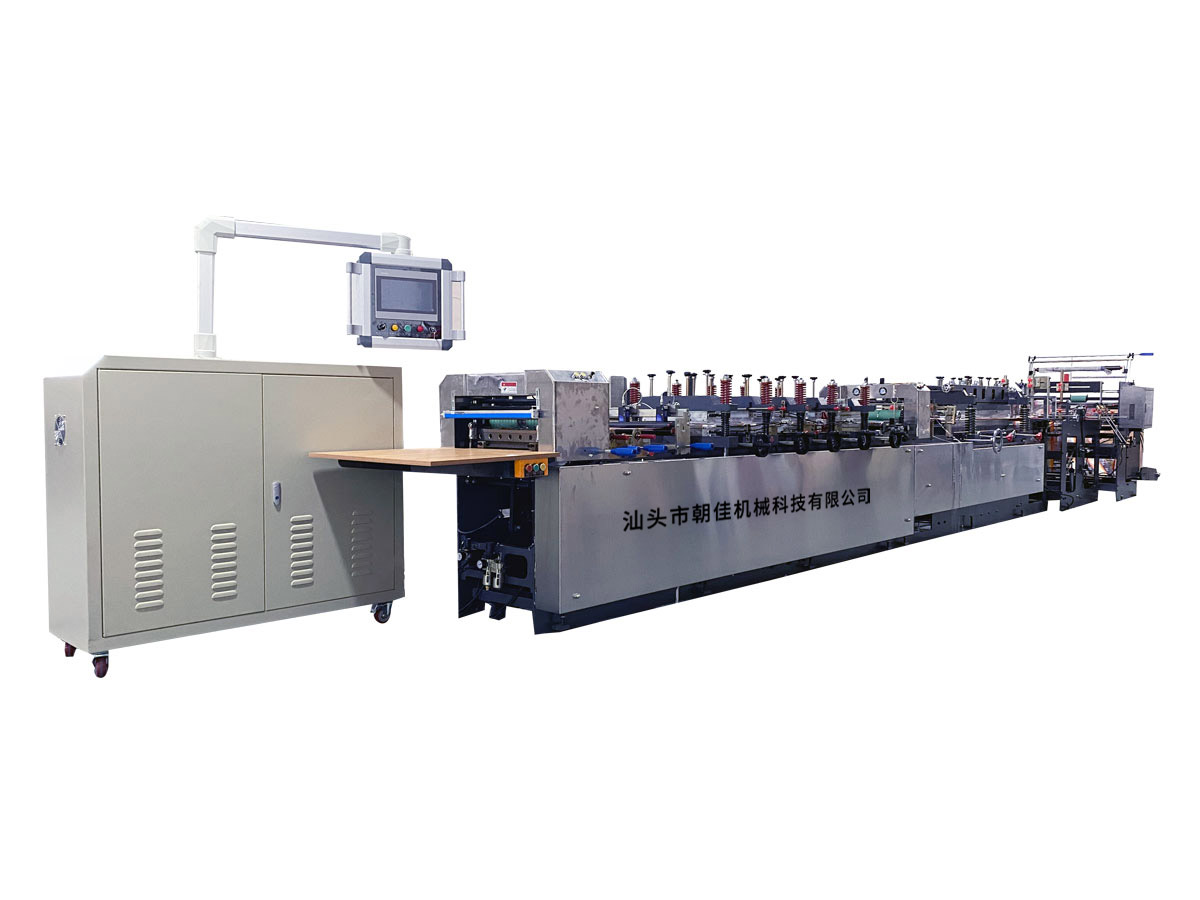
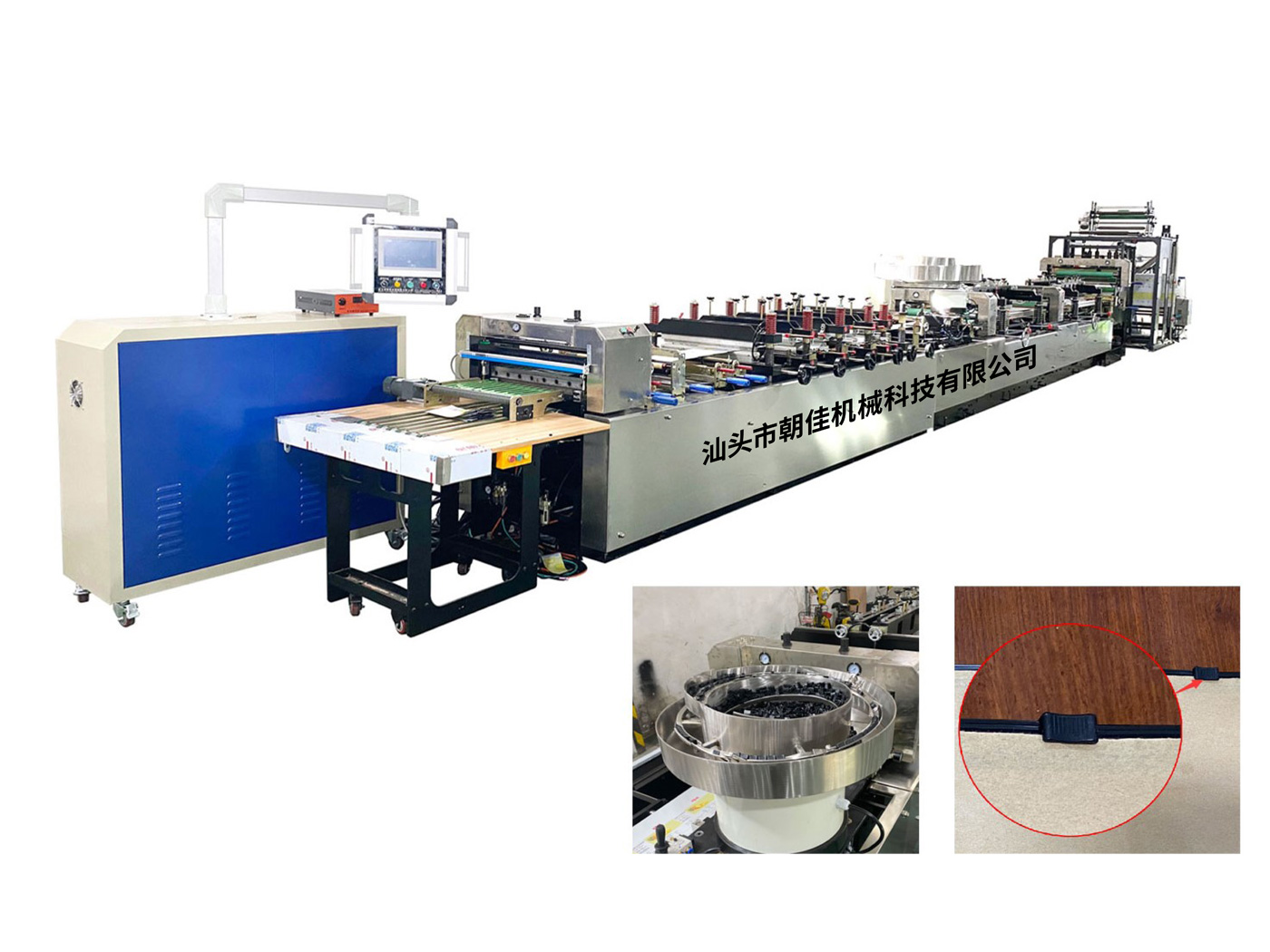
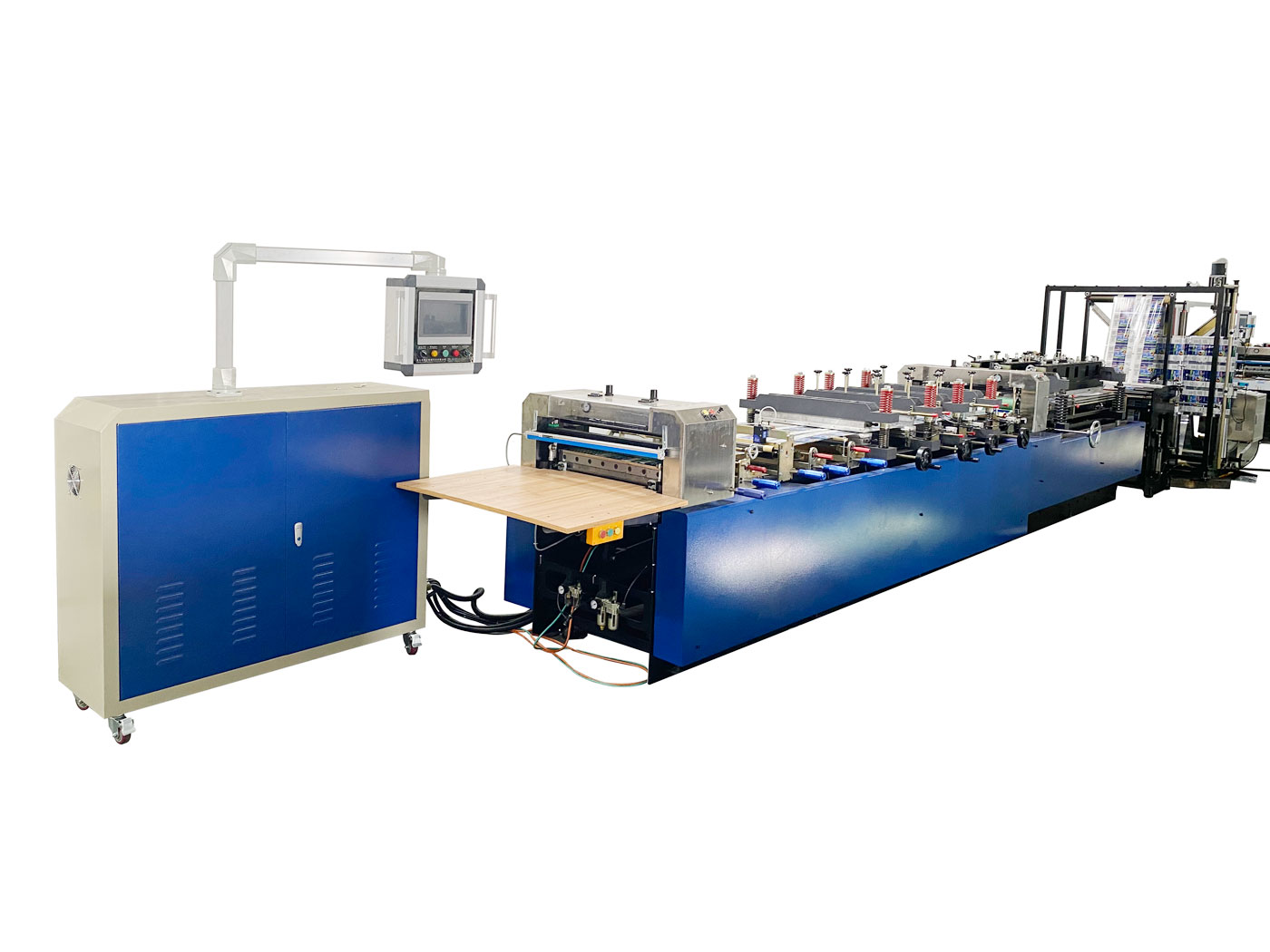
 0754-82483812
0754-82483812

 Messages
Messages 